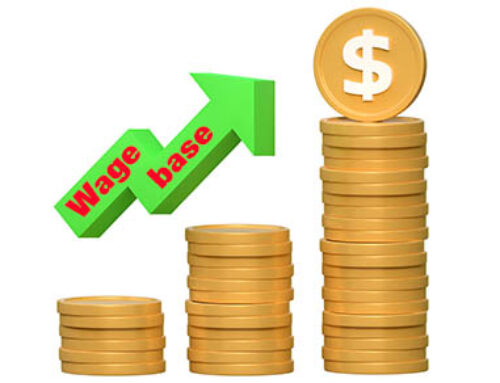Working capital equals the difference between current assets and current liabilities. Organizations need a certain amount of working capital to run their operations smoothly. The optimal (or “target”) amount of working capital depends on the nature of operations and the industry. Inefficient working capital management can hinder growth and performance.
Benchmarks
The term “liquidity” refers to how quickly an item can be converted to cash. In general, receivables are considered more liquid than inventory. Working capital is often evaluated using the following liquidity metrics:
Current ratio. This is computed by dividing current assets by current liabilities. A current ratio of at least 1.0 means that the company has enough current assets on hand to cover liabilities that are due within 12 months.
Quick (or acid-test) ratio. This is a more conservative liquidity benchmark. It typically excludes prepaid assets and inventory from the calculation.
An alternative perspective on working capital is to compare it to total assets and annual revenues. From this angle, working capital becomes a measure of operating efficiency. Excessive amounts of cash tied up in working capital detract from other spending options, such as expanding to new markets, buying equipment and paying down debt.
Best practices
High liquidity generally equates with low financial risk. However, you can have too much of a good thing. If working capital is trending upward from year to year — or it’s significantly higher than your competitors — it may be time to take proactive measures to speed up cash inflows and delay cash outflows.
Lean operations require taking a closer look at each component of working capital and implementing these best practices:
1. Put cash to good use. Excessive cash balances encourage management to become complacent about working capital. If your organization has plenty of money in its checkbook, you might be less hungry to collect receivables and less disciplined when ordering inventory.
2. Expedite collections. Organizations that sell on credit effectively finance their customers’ operations. Stale receivables — typically any balance over 45 or 60 days outstanding, depending on the industry — are a red flag of inefficient working capital management.
Getting a handle on receivables starts by evaluating which items should be written off as bad debts. Then viable balances need to be “talked in the door” as soon as possible. Enhanced collections efforts might include early bird discounts, electronic invoices and collections-based sales compensation programs.
3. Carry less inventory. Inventory represents a huge investment for manufacturers, distributors, retailers and contractors. It’s also difficult to track and value. Enhanced forecasting and data sharing with suppliers can reduce the need for safety stock and result in smarter ordering practices. Computerized technology — such as barcodes, radio frequency identification and enterprise resource planning tools — also improve inventory tracking and ordering practices.
4. Postpone payments. Credit terms should be extended as long as possible — without losing out on early bird discounts. If you can stretch your organization’s average days in payables from, say, 45 to 60 days, it trains vendors and suppliers to accept the new terms, particularly if you’re a predictable, reliable payor.
Prioritize working capital
Some organizations are so focused on the income statement, including revenue and profits, that they lose sight of the strategic significance of the balance sheet — especially working capital accounts. We can benchmark your organization’s liquidity and asset efficiency over time and against competitors. If necessary, we also can help implement strategies to improve your performance, without exposing you to unnecessary risk.
© 2021




